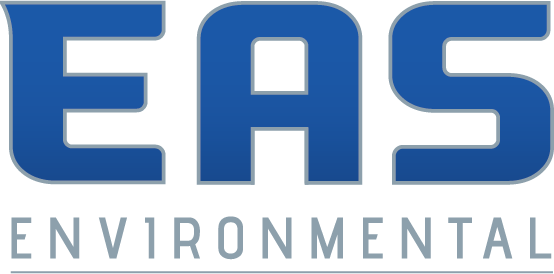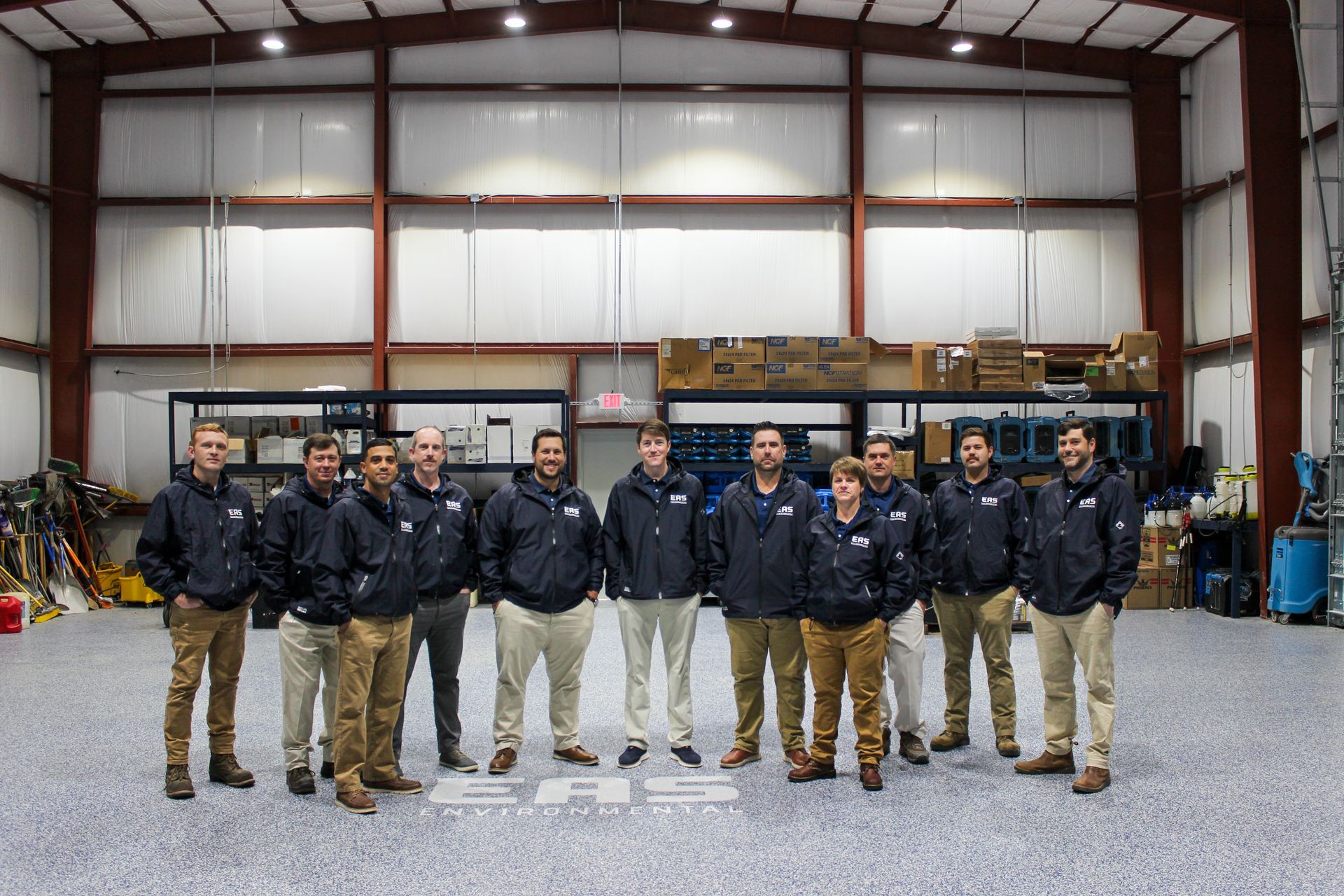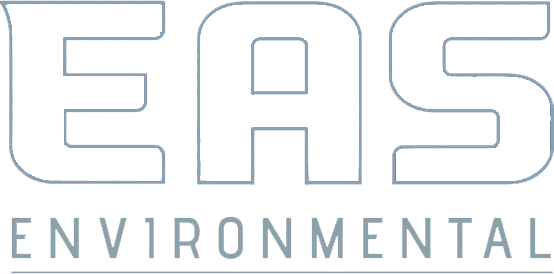
Mold is a silent, sometimes invisible, destroyer that can wreak havoc on our homes and our health. Understanding how to detect, treat, and prevent mold is a crucial part of home maintenance, and yet, it's a topic that's often shrouded in mystery. In this comprehensive guide, we will take you through the entire mold remediation process, demystifying what's involved from start to finish.
What is Mold and Why Does It Grow in Homes?
Mold, a type of fungi, is a natural part of the environment and plays a role in the breakdown of organic materials. It reproduces by means of tiny spores that aren't visible to the naked eye. However, when mold spores land on a damp spot indoors, they may begin growing and digesting whatever they are growing on, in order to survive.
Mold is found both indoors and outdoors and can enter your home through open doorways, windows, vents, as well as heating and air conditioning systems. Mold in the air outside can also attach itself to clothing, shoes, bags, and pets and can be carried indoors.
Why is Mold a Problem?
Mold is not only unsightly, but it also poses several health risks. For individuals with allergies or asthma, mold can worsen or trigger symptoms. Additionally, exposure to some types of mold, like black mold (Stachybotrys chartarum), can be toxic and cause severe health issues.
Mold can also cause significant damage to your home. It can eat away at different materials, which can compromise the structural integrity of your building. Mold growth often indicates a moisture problem, which, if left unaddressed, can lead to more extensive water damage.
The Mold Remediation Process
Mold remediation is the process of identifying and removing mold that has become established within indoor environments. This is a highly regulated process and should be handled by professionals to ensure the safety of all involved and to effectively eliminate the mold issue.
1. Initial Assessment
The first step in mold remediation is an assessment of the affected area. This typically involves a professional inspecting the space to identify the type of mold present, the extent of the growth, and the source of moisture that is nourishing it.
2. Containment
Containment involves isolating the mold-affected area to prevent further contamination of unaffected spaces. This may involve setting up physical barriers, such as plastic sheeting, and creating negative air pressure to keep mold spores from spreading during the removal process.
3. Air Filtration
Specialized HEPA filters are used to clean the air of mold spores. These filters trap the spores, preventing them from circulating back into the air and settling in new areas.
4. Mold Removal
The actual removal process can vary depending on the surface the mold is growing on and how deeply rooted it is. Non-porous materials can often be cleaned, whereas porous materials may need to be removed and replaced.
5. Cleaning of Personal Belongings
Any personal items that have been affected by mold will need to be cleaned and sanitized. This includes furniture, clothing, and other household goods.
6. Restoration
Restoration involves repairing or replacing any structures or materials that were affected by the mold. This may include walls, flooring, or other building materials.
7. Post-Remediation Assessment
After the mold has been removed and the affected area restored, a final assessment will be carried out to ensure that the mold has not returned and that the area is safe for habitation.
Cost of Mold Remediation
Mold remediation costs can vary significantly depending on the size of the affected area, the type of mold present, and various other factors. On average, homeowners can expect to pay between $1,500 and $3,000 for professional mold remediation services, but costs can be much higher for larger or more severe infestations.
Cost factors include:
● Area Size
● Type of Mold
● Location of Mold
● The Extent of Water Damage
● Accessibility
● Structural Repairs Needed
Keep in mind that mold remediation is often covered by homeowners insurance policies, especially when it is a result of covered water damage. It's important to check with your insurance provider to understand what your policy covers.
Preventing Mold in Your Home
Prevention is the best strategy when it comes to mold. By controlling moisture levels in your home, you can significantly reduce the risk of mold growth. Here are some tips for preventing mold in your home:
Regular Inspections
Regularly inspect your home for signs of water damage, such as leaky pipes, damp basements, or condensation on windows. Address any issues as soon as possible.
Proper Ventilation
Use exhaust fans in bathrooms and kitchens, and make sure your home's ventilation system is properly maintained.
Maintain Proper Humidity Levels
Keep indoor humidity levels below 60%. Consider using a dehumidifier in particularly damp areas of your home.
Properly Seal Your Home
Ensure that windows, doors, and roofs are properly sealed to prevent water from entering your home.
Clean and Dry Spills Promptly
If you have a spill or notice a leak, clean and dry the affected area within 24-48 hours to prevent mold from taking hold.
Use Mold-Resistant Products
Consider using mold-resistant products when building or renovating your home, especially in areas prone to moisture.
By understanding the mold remediation process, being aware of the potential costs, and taking steps to prevent mold growth in the first place, you can safeguard your home and your family from this common household hazard. If you suspect you have a mold issue, don't hesitate to contact a professional for an assessment. Remember, when it comes to mold, time is of the essence.
Contact EAS Environmental Today!
EAS Environmental will do everything we can to ensure your experience with us is excellent.
Request A FREE Estimate
Request a Free Estimate Form
We will get back to you as soon as possible.
Please try again later.
Checkout Recent Post
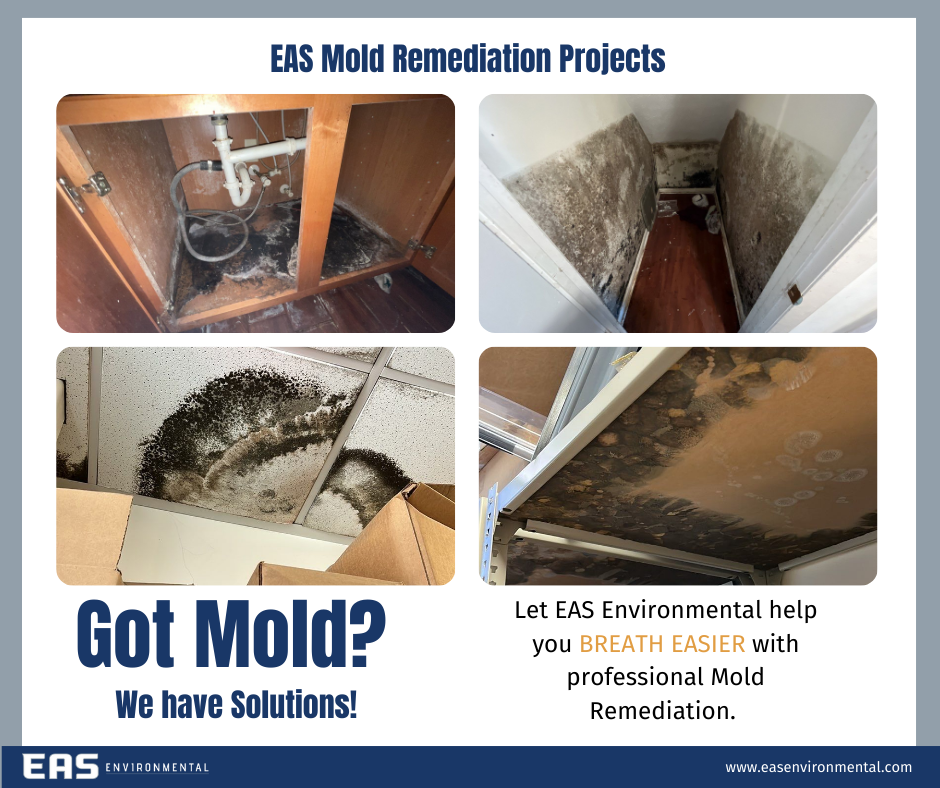
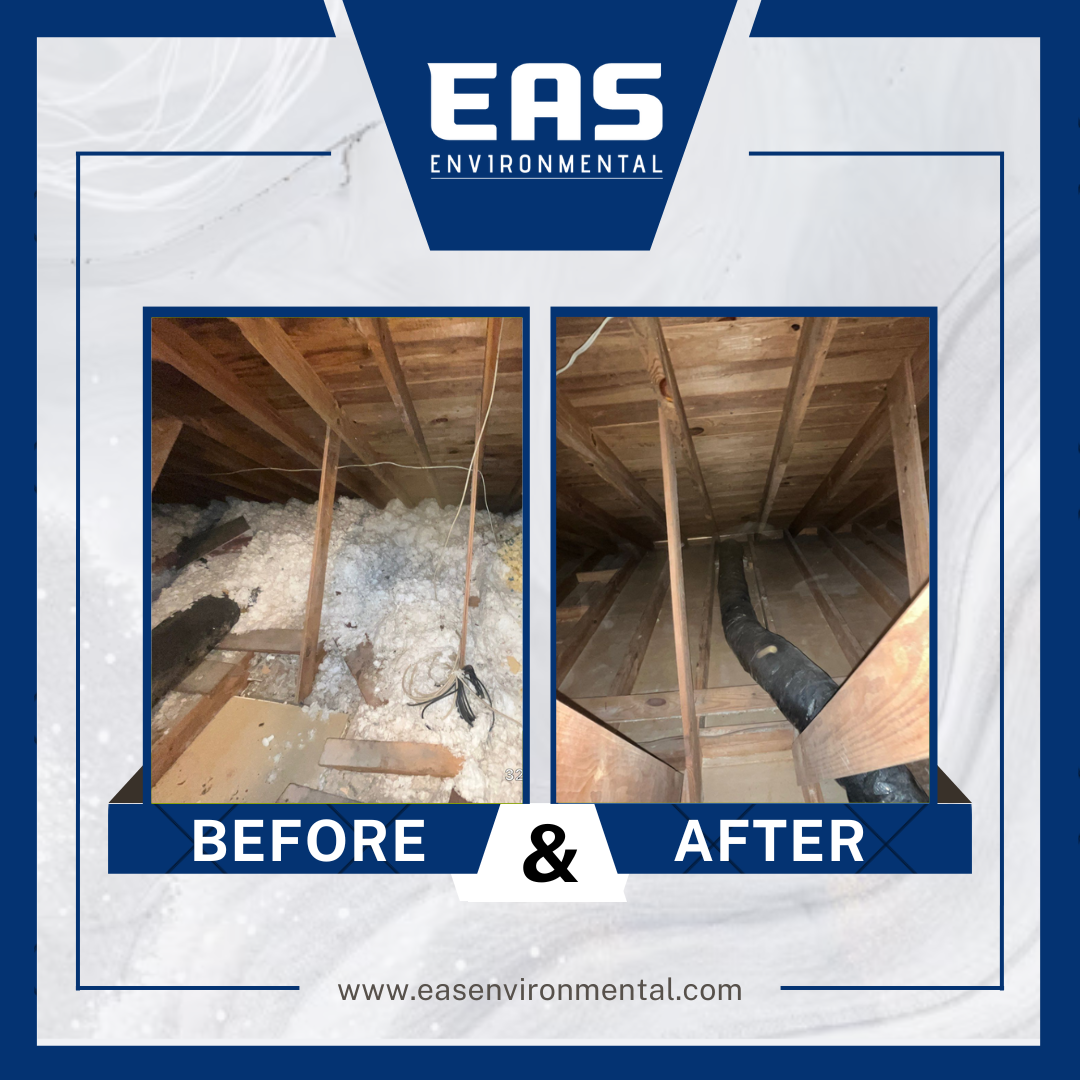

Got a Question? We’re Here to Help.
You can arrange an appointment or make an enquiry by phone or email, orget in touch to us via our contact form.
EAS Environmental is a specialty asbestos and lead abatement and demolition company that service the state of South Carolina.
CONTACT INFORMATION
Phone: 843-977-3273
Email: sturner@easenvironmental.com
Address: 125 Bud Lane Ladson, SC 29486
All Rights Reserved | EAS Environment
Privacy Policy | Terms & Conditions | Sitemap
